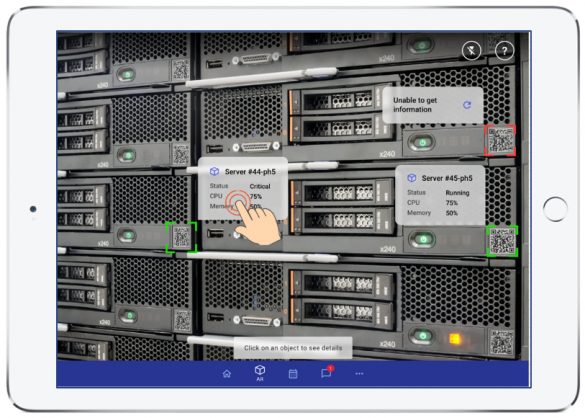How to Boost Your First-time Fix Rate by Leveraging a Knowledge Management Solution
- Published
- 4 min reading

Ensuring your field-based workforce is operating at its highest level of efficiency and productivity is a key challenge for all Field Service Management (FSM) teams. As the impacts of the pandemic continue to unravel, and the forecasted economic downturn becomes a reality, there is increased pressure to minimize operational costs and maximize efficiency. Customer satisfaction is a critical part of any business in FSM this equates to the ability to resolve field service requests on the first attempt (first-time fix ratio - FTF) and now this has become more crucial than ever before.
Return visits of field service technicians increase not only the costs of operations (overtime, fuel, etc.) but also the risks of Service Level Agreement (SLA) breaches. Follow-up visits directly result in additional costs, decrease a technician’s ability to solve new problems, and may lead to increased exposure to COVID-19 for both technicians and customers alike. Additionally, higher overall service downtime can result in a disappointed client base, which can likely resultlikely resulting in financial loss to your operation.
Knowledge Management Solution
The traditional method of paper-based communication and printing work order details (list of tasks to perform, information, and troubleshooting guidance) are is inefficient and antiquated. It is neither time -efficient nor practical, as everyday tasks that should be simple – accessing necessary materials and documentation (e.g., installation manuals, best practices, process checklists, repair history, etc.) – become long and laborious projects.
Implementing the right knowledge management solution is vital to optimizing the Ffirst-Tfime Ffix rate and productivity. Such a solution will provide a tool (available on any device: phone, tablet, laptop) which that allows access to a knowledge base where all required information to execute tasks during your first onsite visit will be easily accessible and can greatly reduce the need for a return visit. When working onsite, connectivity and coverage are seldom a guaranteed, therefore, it is crucial that all information must be is accessible offline. Enabling direct and simplistic access to lists of frequent problems (manuals and videos) and information on how to fixfixing them allows for optimum task management and minimizes unnecessary communication and fix- times. Additionally, these tools are a valuable and educational resource for less experienced technicians to manage their tasks more independently.
Such a tool is benefitscial to both technicians in the field, as well andas those in the office. A technician’s feedback and notes, completed actions, and all attachments (e.g., photos) are synchronized shortly after regaining network connectivity – allowing the back-office instant visibility into service status and the performance of their teams.
Knowledge transfer with Augmented Reality
Many organizations face the challenge of findingstruggle to find enough experienced employees, and struggle to transfer knowledge to new technicians and teach them the lessons they must know to effectively do their job effectively. Employing an effective knowledge management solution will allow quick onboarding for new employees, and an innovative, intelligent tool will support all work tasks and functions. Augmented reality (AR) allows the users to see the environment with an “augmented” information overlay. A solution enhanced with AR, among other technologies, can provide efficient digital training and a much deeper knowledge exchange tool that engineers can leverage to improve accuracy and reduce costs.
To best manage increased traffic growth, communication service providers (CSPs) are investing in network development. They and are continuously implementing new technologies (e.g., 5G) while simultaneously adding new layers of complexity to their network infrastructure. When a field engineer arrives to at a job site, he or she isthey are expected to identify and execute a task as quickly as possible. Therefore, the industry has seen a drastic uptick in solutions enhanced with object recognition supported by QR codes that can significantly reduce the time needed to locate specific equipment. Field engineers can then use their smartphone or tablet to scan codes on devices and easily find the necessary equipment, including related auxiliary materials/ or documentation, with ease.

A way to boost your First-Time Fix (FTF) rate
In conclusion, minimizing downtime and ensuring the continuity of business operations is becoming increasingly important. This is especially true given the multitude of additional challenges brought on by the current global pandemic. Companies are now forced to limit onsite visits and perform activities as quickly as possible. Knowledge management solutions are an obvious answer to these challenges as they will significantly improve performance in the key areas of service level agreements, first-time fix rate, and, most importantly – customer satisfaction.



